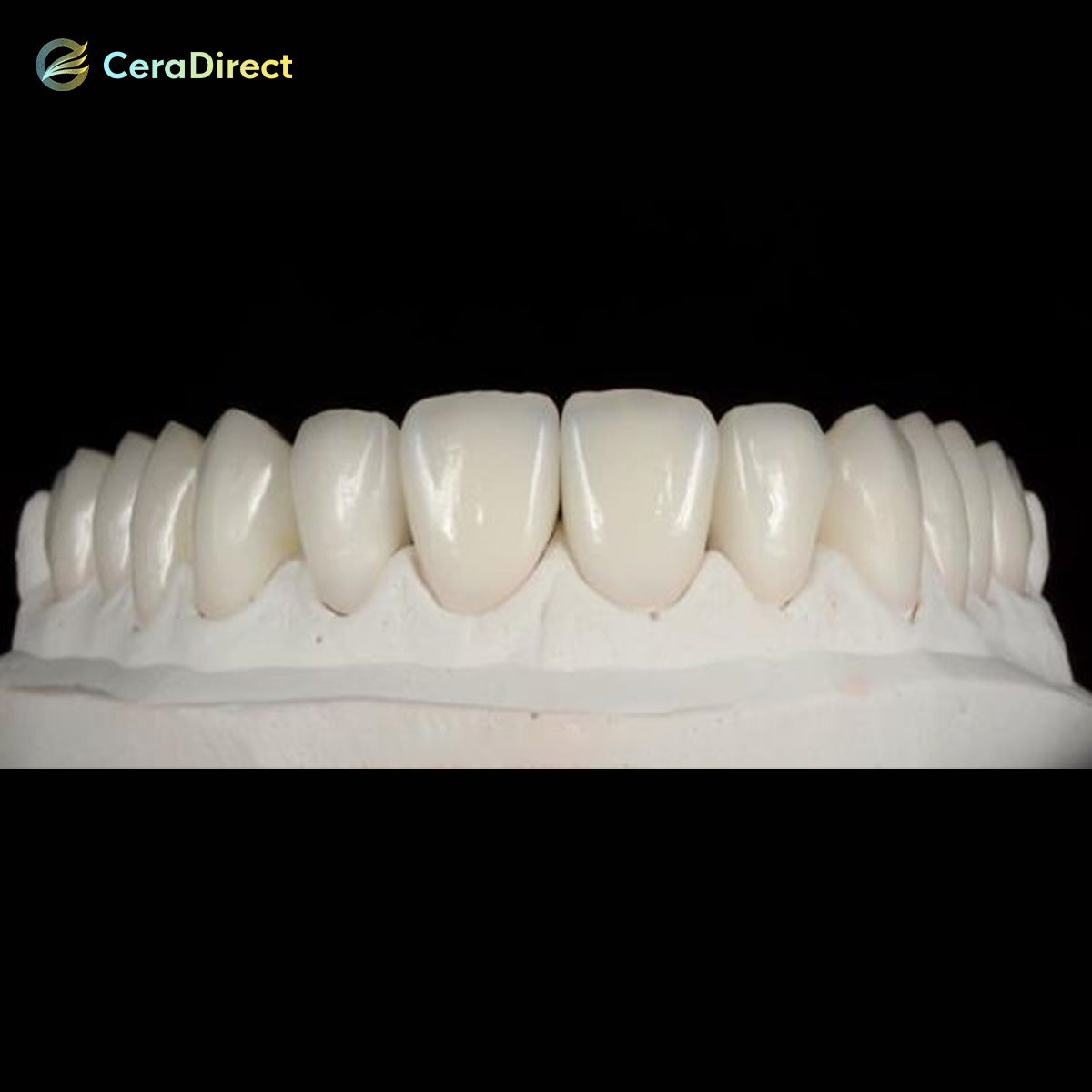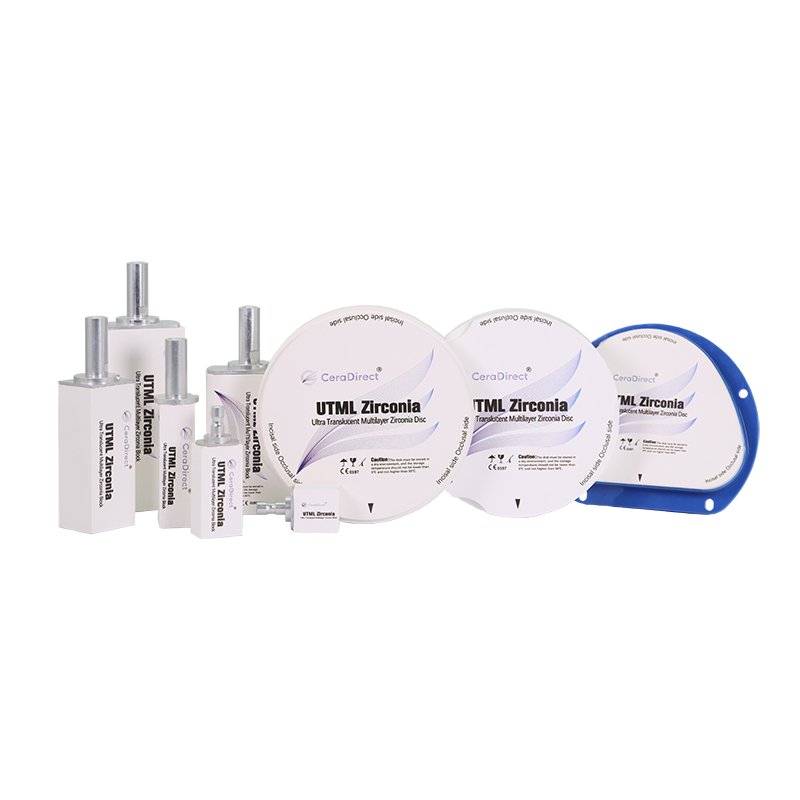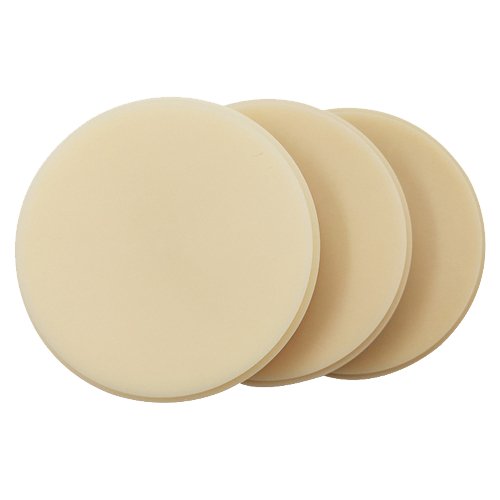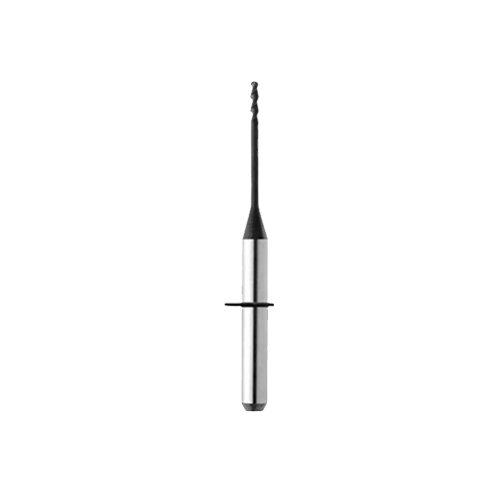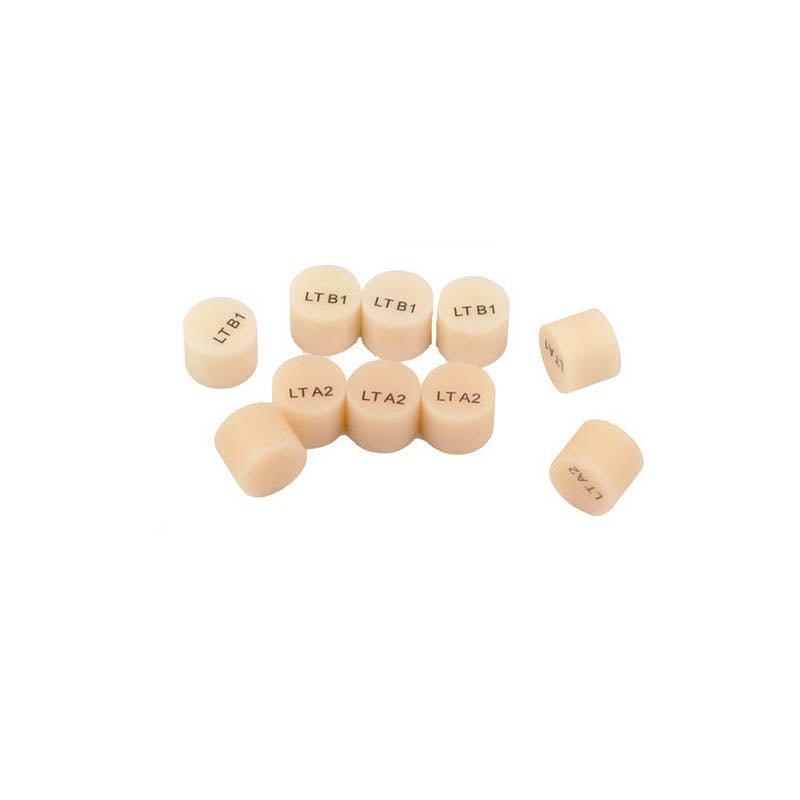When it comes to creating high-quality dental restorations, the choice of materials and manufacturing processes play a crucial role in the final outcome. In the world of dental zirconia, two key factors that significantly affect the properties of the material are the powder size and the pre-sintering heating rate.
How does powder size influence the properties of dental zirconia?
The size of the zirconia powder used in the manufacturing process has a direct impact on the final product's properties. Studies have shown that smaller particle sizes result in a more homogeneous and denser material, leading to improved mechanical strength and translucency. On the other hand, larger particle sizes can lead to increased porosity and reduced strength.
What is the role of pre-sintering heating rate in the production of dental zirconia?
The pre-sintering heating rate refers to the speed at which the zirconia powder is heated before the final sintering process. This step is crucial in removing any organic binders and achieving the desired density of the material. A higher heating rate can lead to faster removal of binders and a more uniform structure, resulting in improved mechanical properties.
How do these factors impact the final quality of dental zirconia restorations?
By carefully controlling the powder size and pre-sintering heating rate, dental technicians can optimize the properties of the zirconia material to meet the specific requirements of each restoration. Whether it's achieving the perfect balance of strength and translucency for a crown or ensuring the longevity of a dental bridge, these factors play a critical role in the success of the final product.
Overall, the effects of powder size and pre-sintering heating rate on dental zirconia are significant and should not be overlooked in the manufacturing process. By understanding and optimizing these factors, dental professionals can ensure the production of high-quality, durable, and aesthetically pleasing dental restorations.

